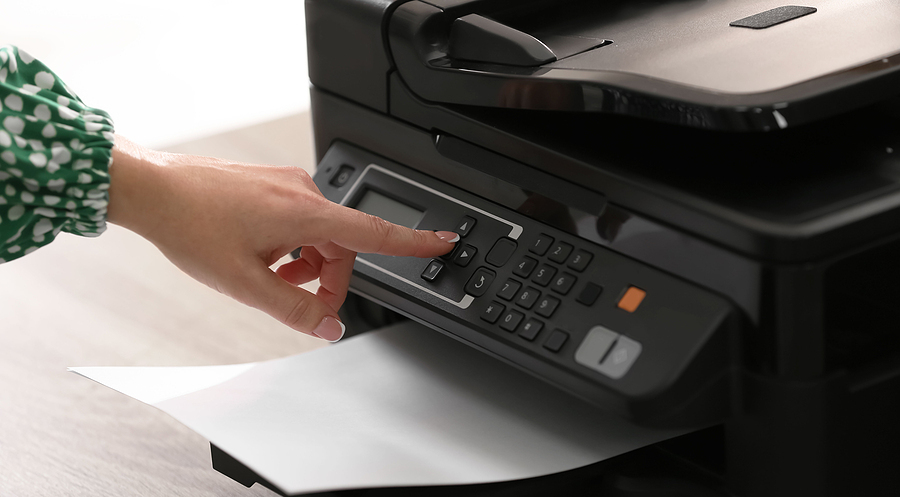Printing’s Most Ambiguous Error Message And What It Means
Posted on 17th July 2023 at 12:37
This content will be sho“PC LOAD LETTER” was a common office printer error so infamous for its vagueness that it was satirised in a comedy film. Here is its history and what it means.wn in the summary on the main blog page. Click on this text to edit it.
The office printer has evolved exponentially over the past few decades, with a switch from dot-matrix to inkjet to laser technology, as well as the increased development of print servers.
Arguably the biggest change in the printing world is that using the machines is significantly more intuitive now than older printers in the early days of the office server.
Older printers were slow, often unreliable when it came to receiving documents, and almost impossible to diagnose when they did display an error.
Arguably the most infamous of these was the “PC LOAD LETTER” error that was found on HP LaserJet printers in the 1990s and was later immortalised in the Mike Judge comedy film Office Space, where the film’s characters express quite strong bewilderment at what it means.
Alongside “Abort, Retry, Fail?” and “Bad command or file name”, the error it is reporting is easy to fix but the problem is in the strangely vague way in which it presents the problem to a user who has most likely not read the instruction manual.
The “PC LOAD LETTER” error simply means that the printer has run out of paper explained with the least clarity possible.
The “PC” part does not refer to a computer but instead to the “paper cassette”, which is one of the loading trays for blank paper. It only uses two letters because early LaserJet printers only had a two-character display.
Knowing this, “LOAD” does not mean loading a program or file on the PC, but instead replenishing the paper supply.
Finally, “LETTER” is the United States “Letter size” standard that is roughly analogous to A4, but could refer to a document or a letter in the alphabet that needs to be pressed.
In other words, the error is simple but explained in the most confusing way possible and deeply frustrated many employees who worked with this era of LaserJet printers.
This was fixed by 1995 with the launch of the LaserJet, but many businesses stuck with their older machines until the end of the decade and beyond.
Share this post:

